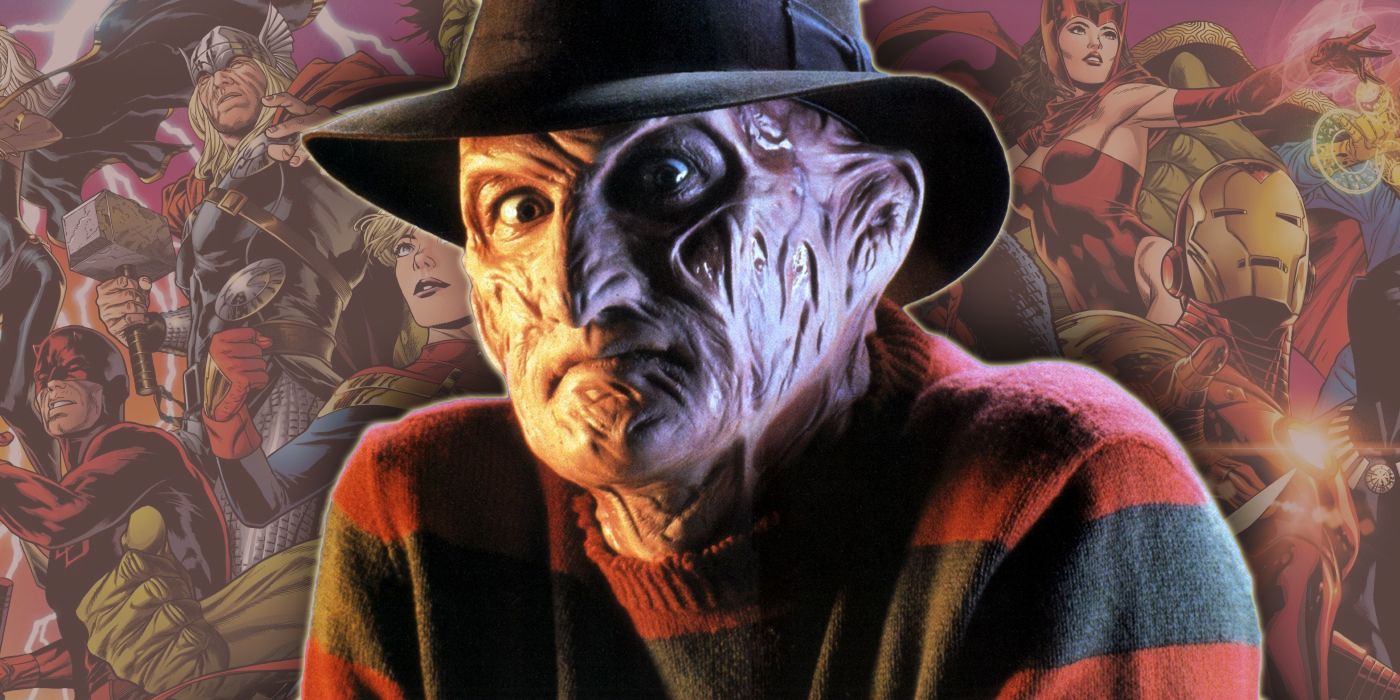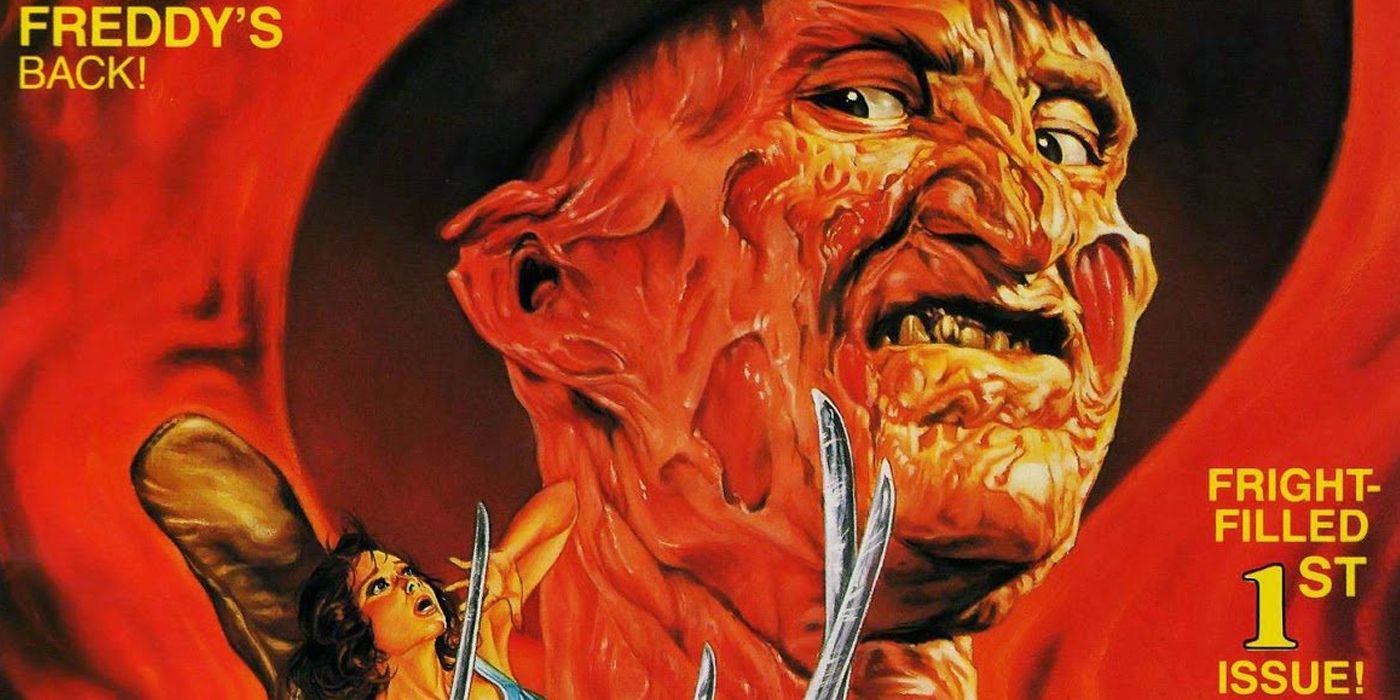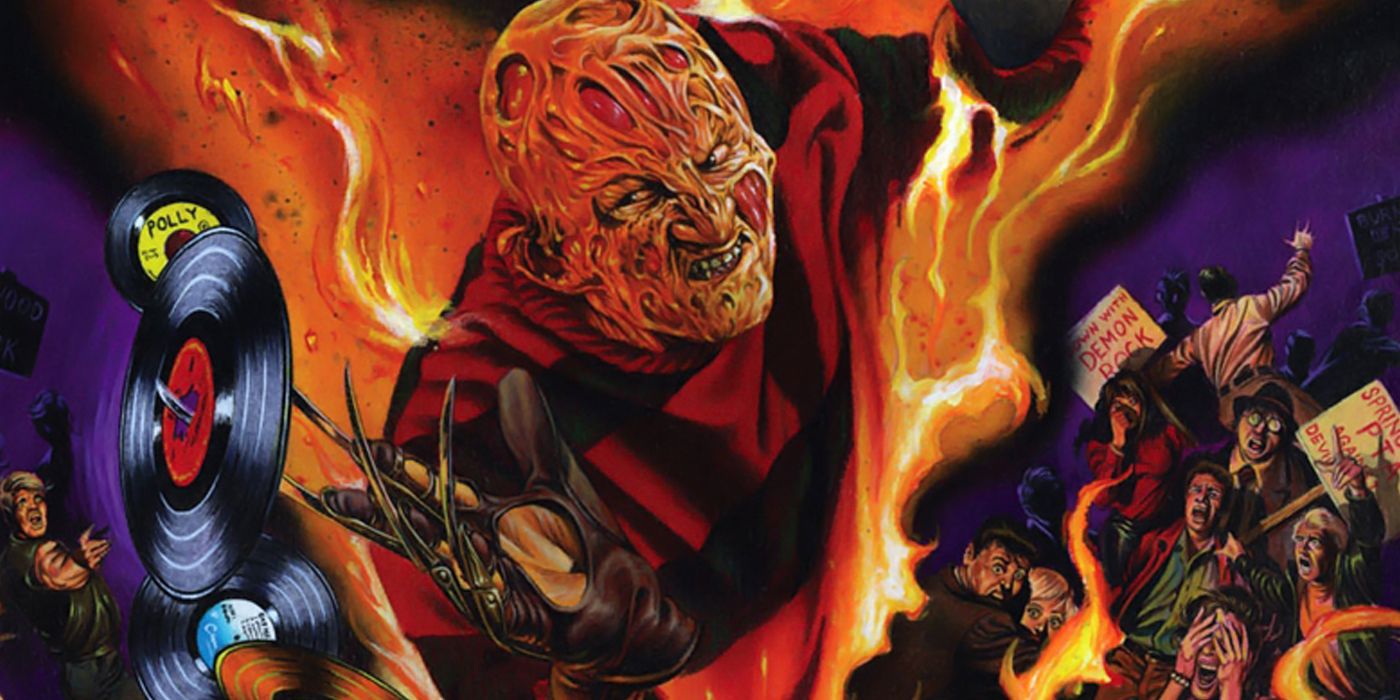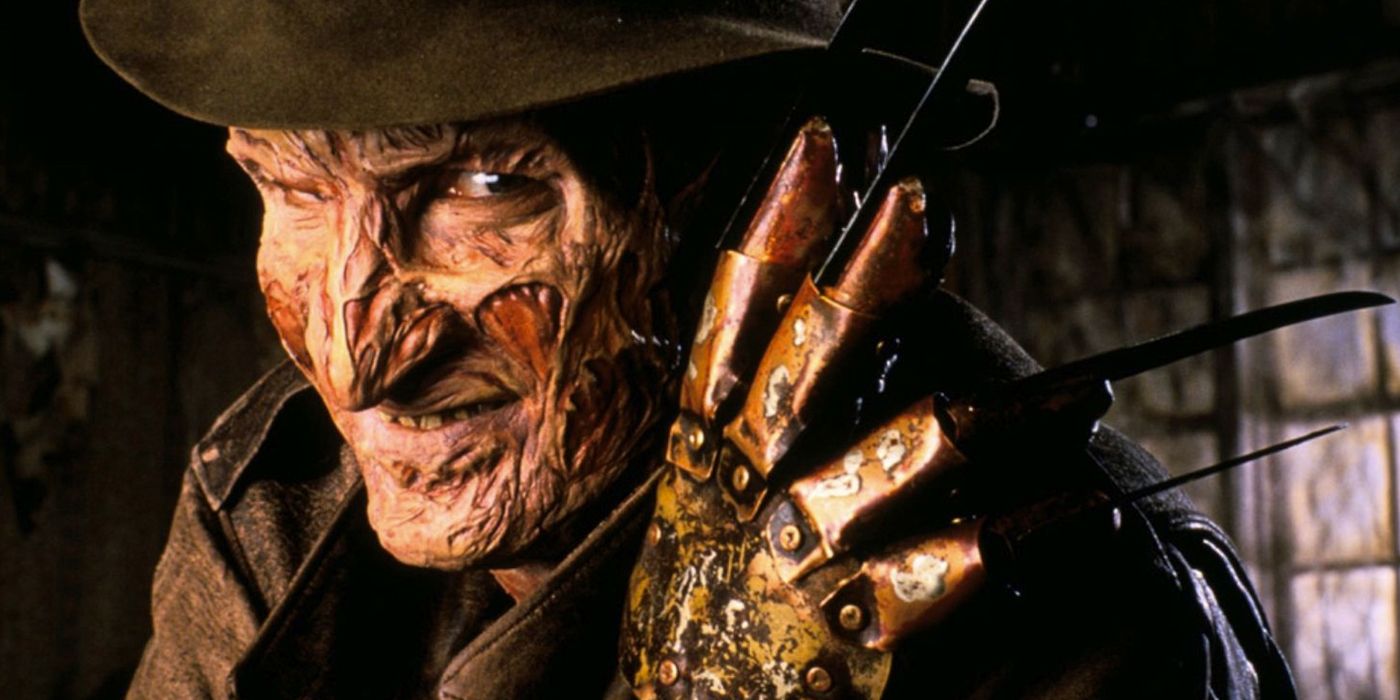From Blade the Vampire Hunter to Morbius the Living Vampire, Marvel is no stranger to scary stories or horror-adjacent characters. Marvel's version of Dracula starred in one of the most acclaimed series of the 1970s, and titles like Journey Into Mystery were built on terrifying tales long before they introduced heroes like Thor.
With that history of publishing horror and licensed properties like Star Wars, Marvel seemed like an ideal place for the comic book adventures of Freddy Krueger, the dream-stalking killer from A Nightmare on Elm Street.
Even though other horror icons flourished at Marvel around the same time, Marvel's A Nightmare on Elm Street series was canceled prematurely after just two issues were published. While an official reason for the cancellation was never given, Freddy's chances at Marvel stardom reportedly ended thanks in part to a minor national scandal over comic books.
ARE YOU READY FOR FREDDY?
After debuting in 1984, Freddy Krueger thrived in the era when slasher movies reigned supreme. Thanks to gory kills that operated on macabre cartoon logic and twisted one-liners, Freddy became a pop culture icon with almost-annual new movies and a TV series bearing his name by the end of the decade.
In 1989, Marvel launched Freddy Krueger's A Nightmare On Elm Street a few months after the release of A Nightmare on Elm Street 5: The Dream Child. Written by Marvel veteran Steve Gerber and illustrated by Rich Buckler and Tony DeZuniga, the series followed Freddy as he took on Allison, a young woman who shared Freddy's ability to enter dreams, and Doctor Juliann Quinn, a researcher who specialized in dreams.
Like the long-running Savage Sword of Conan, the series was a black-and-white, magazine-size comic that was published under the Marvel Magazines imprint. Billed as "illustrated horror for mature readers" on the cover, Marvel's A Nightmare on Elm Street series featured content that was far more graphic than what appeared in its other comics.
Although the first two issues of the series were reportedly a success, Marvel quietly ended the series, even though Joe Jusko had already finished the painted cover for the next issue (see below) and later issues were in some state of completion. Although a reason was never given for the cancellation, Gerber linked the end of the series to a now-forgotten controversy about comics that made headlines earlier that year.
THE DARK SIDE OF ELM STREET
On April 30, 1989, The New York Times Magazine published "Drawing on the Dark Side," an article that decried the amount of sexual and violent content in comics by Forbes editor Joe Queenan. Just a few months before Tim Burton's Batman reignited the movie-going public's fascination with superheroes, the article inspired segments on comic book violence on news TV shows like Larry King Live and NBC's Today and reports from the National Coalition on TV Violence and Time magazine.
While that minor media firestorm over the article quickly subsided, Gerber wrote that it indirectly caused the cancellation of Marvel's Nightmare on Elm Street series in the Reading for Pleasure newsletter in 1990.
"According to my best information, Marvel cancelled the book in anticipation of pressure from the various anti-violence advocate groups," Gerber wrote. "Apparently, that article -- along with the picketing that took place outside theaters showing Nightmare 5 in Los Angeles and elsewhere -- was enough to make Marvel turn tail and run for cover."
Gerber went on to add that there was never any pressure from outside groups to cancel the series and emphasized the fact that it was explicitly labeled as a mature readers title on the cover.
While Clive Barker's Hellraiser and other mature readers titles were published under the cover of Marvel's Epic Comics imprint, Marvel's Nightmare on Elm Street series was one of the few titles that could still be identified as a Marvel publication from its cover, thanks to the Marvel Magazines masthead.
FREDDY'S FINAL NIGHTMARES
While the cancellation of Marvel's Nightmare on Elm Street might seem premature by today's standards, it's worth noting that Freddy Krueger had already been at the center of another controversy involving kids and violence in the same year that likely informed the decision.
In late 1989, Matchbox Toys released a talking, pull-string Freddy Krueger doll that was sold for "ages 8 and up." Although it said only vaguely threatening lines of dialogue, the toy still earned the ire of the American Family Association, a conservative watchdog group that threatened to boycott Matchbox products and any store that sold the figure.
In response, Matchbox quickly removed its logo from the toy's box in few shipments before eventually pulling the toy from shelves altogether. As Toy Galaxy noted, the controversy also prematurely ended Matchbox's Maxx FX, which revolved around a crime-fighting special effects master who had the misfortune of shipping with a Freddy Krueger costume.
A few years after Marvel's brief trip down Elm Street, Innovation Publishing released a handful of Freddy Krueger comics around the time 1991's Freddy's Dead: The Final Nightmare hit theaters. After that film killed Freddy, its 1994 follow-up, Wes Craven's New Nightmare, sent the franchise into hibernation for most of the next decade.
With all of that in mind, Freddy Krueger's time at Marvel was probably never going to last more than a few years. Still, Freddy Krueger's A Nightmare On Elm Street was well-positioned to enjoy at least some additional success before the slasher boom died out, and its early cancellation leaves a tantalizing hint of an unwritten chapter in Marvel's history.




